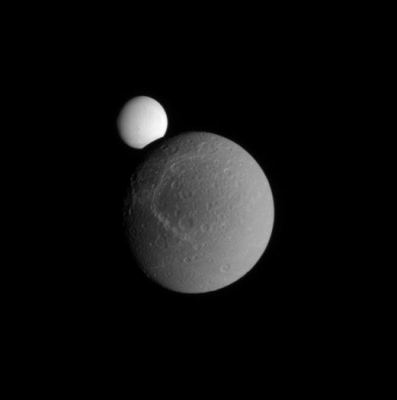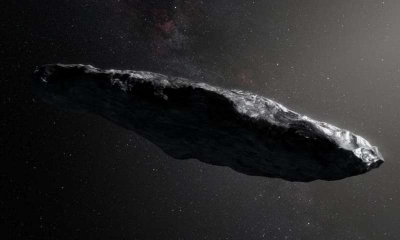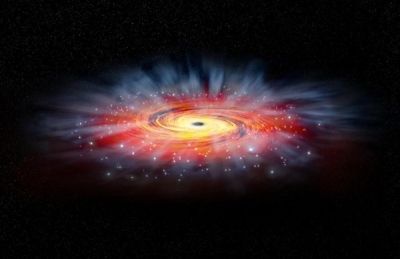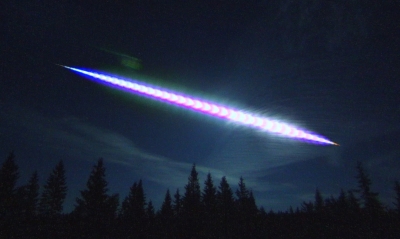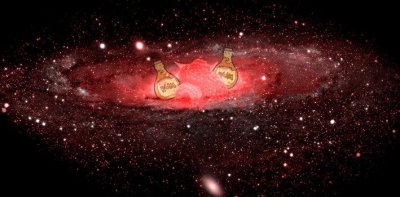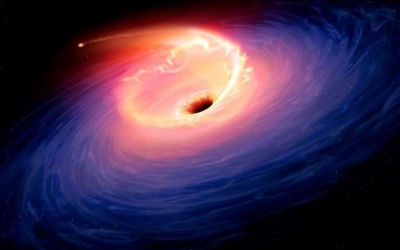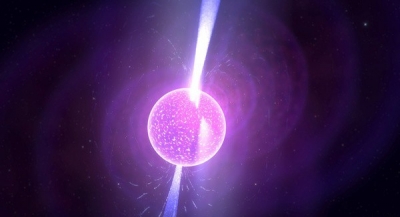How do things move?

Back and forth, up and down. What makes a swing fly up in the air?
Most of the time you do the work. You “pump” with your legs and body. Sometimes a friend pushes you. And sometimes the wind pushes the empty swing. But something always has to push it. The swing can’t move by itself.
Any time an object moves, something makes it move. The thing that pushes or pulls it is called a force. Ready to find out how forces make things move?
Forces make things speed up (or accelerate). When a force pushes or pulls the object, the object will move in the direction of the force. The bigger the force, and the lighter the object, the greater the acceleration. It can also make something slow down, speed up or change direction.
Every action has an equal and opposite reaction. When a force acts in one direction it creates an equal force in the opposite direction.
Picture Credit : Google






